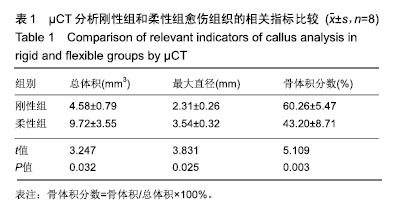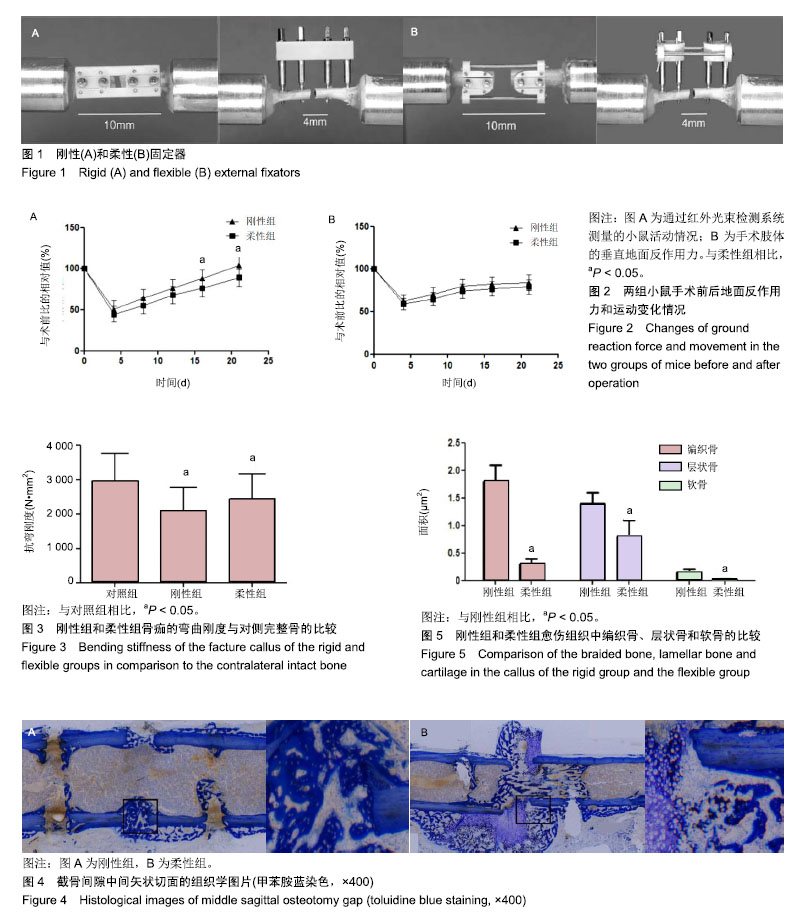| [1]Broadbent SD, Ramjeesingh M, Bear CE, et al. The cystic fibrosis transmembrane conductance regulator is an extracellular chloride sensor. Pflugers Arch. 2015;467(8): 1783-1794. [2]余静,唐婉琦,杨雪,等.补肾壮骨颗粒对SAMP6小鼠股骨宏观结构及生物力学的影响[J].中国骨质疏松杂志, 2018, 24(1):91-97.[3]俞媛,杨雅琼,田鹏,等.苏氏接骨胶囊促大鼠胫骨干骨折早期愈合的机制[J].中华实验外科杂志, 2018, 35(7):1300.[4]Lin Z, Rios HF, Cochran DL. Emerging regenerative approaches for periodontal reconstruction: a systematic review from the AAP Regeneration Workshop. J Periodontol. 2015;86(2 Suppl):S134-S152. [5]严林.防旋型股骨近端髓内钉与国产短重建髓内钉治疗老年骨质疏松性股骨粗隆间骨折的临床效果[J].中国老年学杂志, 2017, 37(12):162-163.[6]Yaokreh JB, Odéhouri-Koudou TH, Koffi KM, et al. Surgical treatment of femoral diaphyseal fractures in children using elastic stable intramedullary nailing by open reduction at Yopougon Teaching Hospital. Orthop Traumatol Surg Res. 2015;101(5):589-592. [7]Sutphen SA, Mendoza JD, Mundy AC, et al. Pediatric diaphyseal femur fractures: submuscular plating compared with intramedullary nailing. Orthopedics. 2016;39(6): 353-358. [8]Li AB, Zhang WJ, Guo WJ, et al. Reamed versus unreamed intramedullary nailing for the treatment of femoral fractures: A meta-analysis of prospective randomized controlled trials. Medicine. 2016;95(29):e4248. [9]黄奎,邹季.补骨脂素对骨质疏松小鼠骨代谢指标和生物力学的影响[J].生物骨科材料与临床研究, 2017, 14(6):125-126.[10]Meyers N, Sukopp M, Jäger R, et al. Characterization of interfragmentary motion associated with common osteosynthesis devices for rat fracture healing studies. Plos One. 2017; 12(4):e0176735.[11]张辉,杨帆,王爱飞,等.铁调素过表达对铁蓄积小鼠破骨细胞和骨量影响的实验研究[J].中华医学杂志, 2018, 98(15):1183-1188.[12]李永贤,张顺聪,梁德,等.骨质疏松性椎体压缩骨折的Micro-CT影像学参数分析[J].中国骨质疏松杂志, 2017, 23(3):298-302.[13]冯立平,杨卫强,丁童,等.不同固定方式在实验性羊股骨骨折愈合过程的影像及组织学变化[J].中国组织工程研究, 2018, 22(7): 1066-1071.[14]张俊忠,李振阳,张鹏,等.定量外固定器刚度对骨折愈合影响的组织学研究[J].中国中医骨伤科杂志, 2018,26(1):5-9.[15]Zhao L, Wang B, Bai X, et al. Plate fixation versus intramedullary nailing for both-bone forearm fractures: A meta-analysis of randomized controlled trials and cohort studies.World J Surg. 2017;41(3) :722-733.[16]徐执扬,吴飞华,吴冯胜,等.股骨粗隆间骨折髓内钉内固定术中旋转畸形分类及其矫正[J].中国骨与关节损伤杂志, 2018, 33(4): 17-19.[17]Miramini S, Zhang L, Richardson M, et al. Influence of fracture geometry on bone healing under locking plate fixations: A comparison between oblique and transverse tibial fractures. Med Eng Phys. 2016;38(10):1100-1108. [18]韩兴文,何晶晶,王文己.克氏针与钢板固定桡骨远端骨折疗效的荟萃分析[J].中国矫形外科杂志, 2017, 25(10):898-902.[19]Miramini S, Zhang L, Richardson M, et al. The relationship between interfragmentary movement and cell differentiation in early fracture healing under locking plate fixation. Australas Phys Eng Sci Med. 2016;39(1):123-133. [20]Klein M, Stieger A, Stenger D, et al. Comparison of healing process in open osteotomy model and open fracture model: Delayed healing of osteotomies after intramedullary screw fixation. J Orthop Res. 2015;33(7):971-978. [21]檀亚军,李井石,何本祥,等.不同外固定方法治疗移位性Colles骨折的稳定性评价[J].中华中医药杂志, 2017,32(10):446-449.[22]Histing T, Heerschop K, Klein M, et al. Effect of stabilization on the healing process of femur fractures in aged mice.J Invest Surg. 2016;29(4):202-208. [23]Luo CA, Hua SY, Lin SC, et al. Stress and stability comparison between different systems for high tibial osteotomies. BMC Musculoskelet Disord. 2013;14(1):110. [24]王东昕,韩鑫,李志德,等.影响桡骨远端骨折有限切开复位外固定架联合克氏针固定术后功能恢复的相关因素分析[J].中国矫形外科杂志, 2017, 25(2):97-101.[25]Miller GJ, Gerstenfeld LC, Morgan EF. Mechanical microenvironments and protein expression associated with formation of different skeletal tissues during bone healing. Biomech Model Mechanobiol. 2015;14(6):1239-1253. [26]Gao J, Gong H, Huang X, et al. Multi-level assessment of fracture calluses in rats subjected to low-magnitude high-frequency vibration with different rest periods. Biomech Model Mechanobiol. 2016;44(8):2489-2504. [27]徐立岩. 制动和PTH对动物关节软骨自我修复能力的影响研究[D].天津:天津医科大学,2016.[28]崔迪,张杨珩,张婷,等.两种利用micro-CT测量小鼠牙周炎模型牙槽骨吸收的方法比较[J]. 中国介入影像与治疗学, 2017, 14(3): 173-177.[29]Rapp M, Gros N, Zachert G, et al. Improving stability of elastic stable intramedullary nailing in a transverse midshaft femur fracture model: biomechanical analysis of using end caps or a third nail. J Orthop Surg Res. 2015;10(1): 1-8. [30]Klein M, Stieger A, Stenger D, et al. Comparison of healing process in open osteotomy model and open fracture model: Delayed healing of osteotomies after intramedullary screw fixation. J Orthop Res. 2015;33(7):971-978. [31]张慧东,王井伟,白净.逆行交锁髓内钉与微创内固定钢板修复股骨远端骨折的生物力学性能比较[J].中国组织工程研究, 2016, 20(44):6577-6582.[32]王延军,侯军,万博,等.不同植入物内固定修复股骨颈合并同侧转子下骨折:生物力学性能比较[J].中国组织工程研究, 2016, 20(13):1939-1945. |
.jpg)


.jpg)